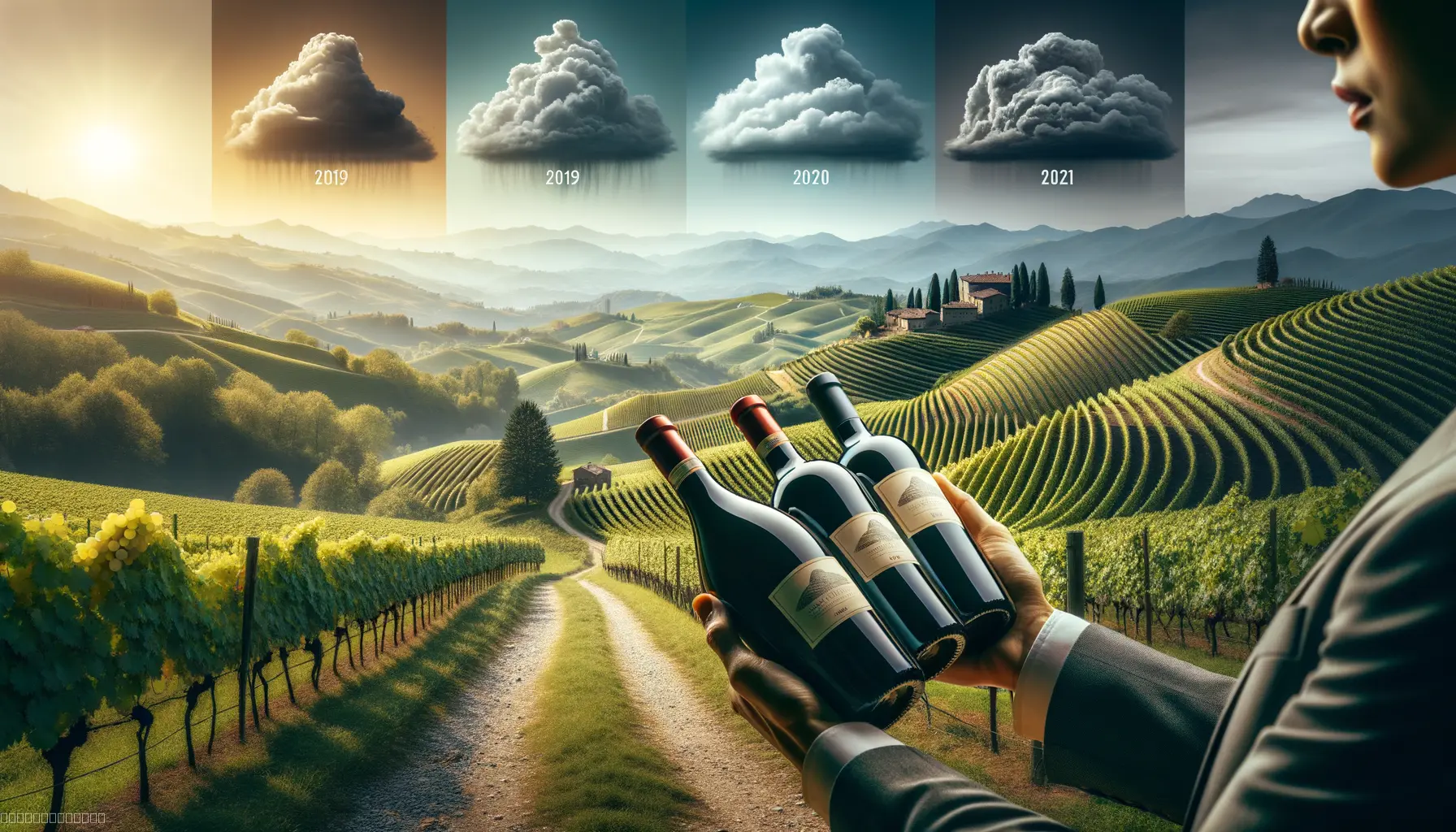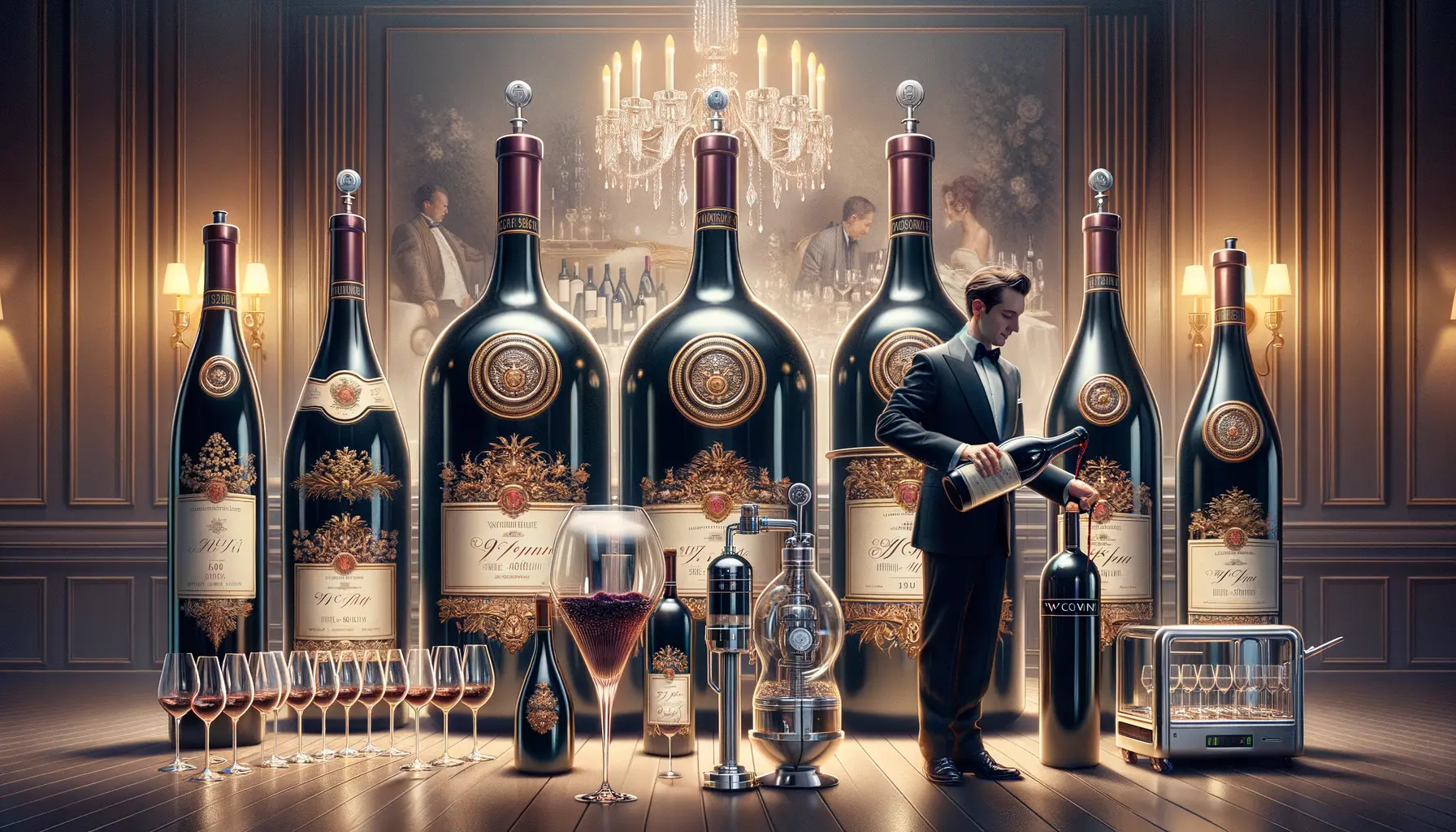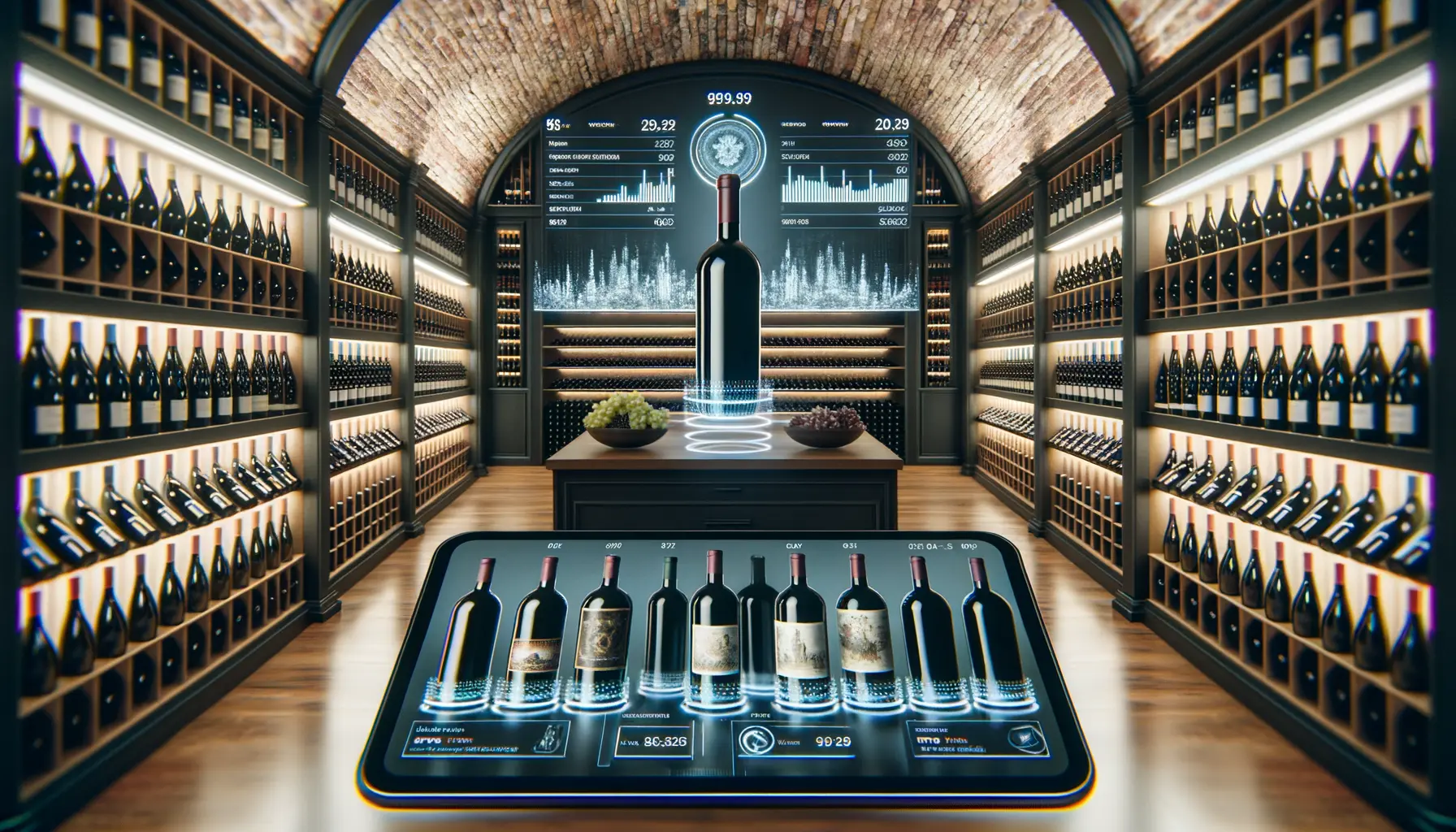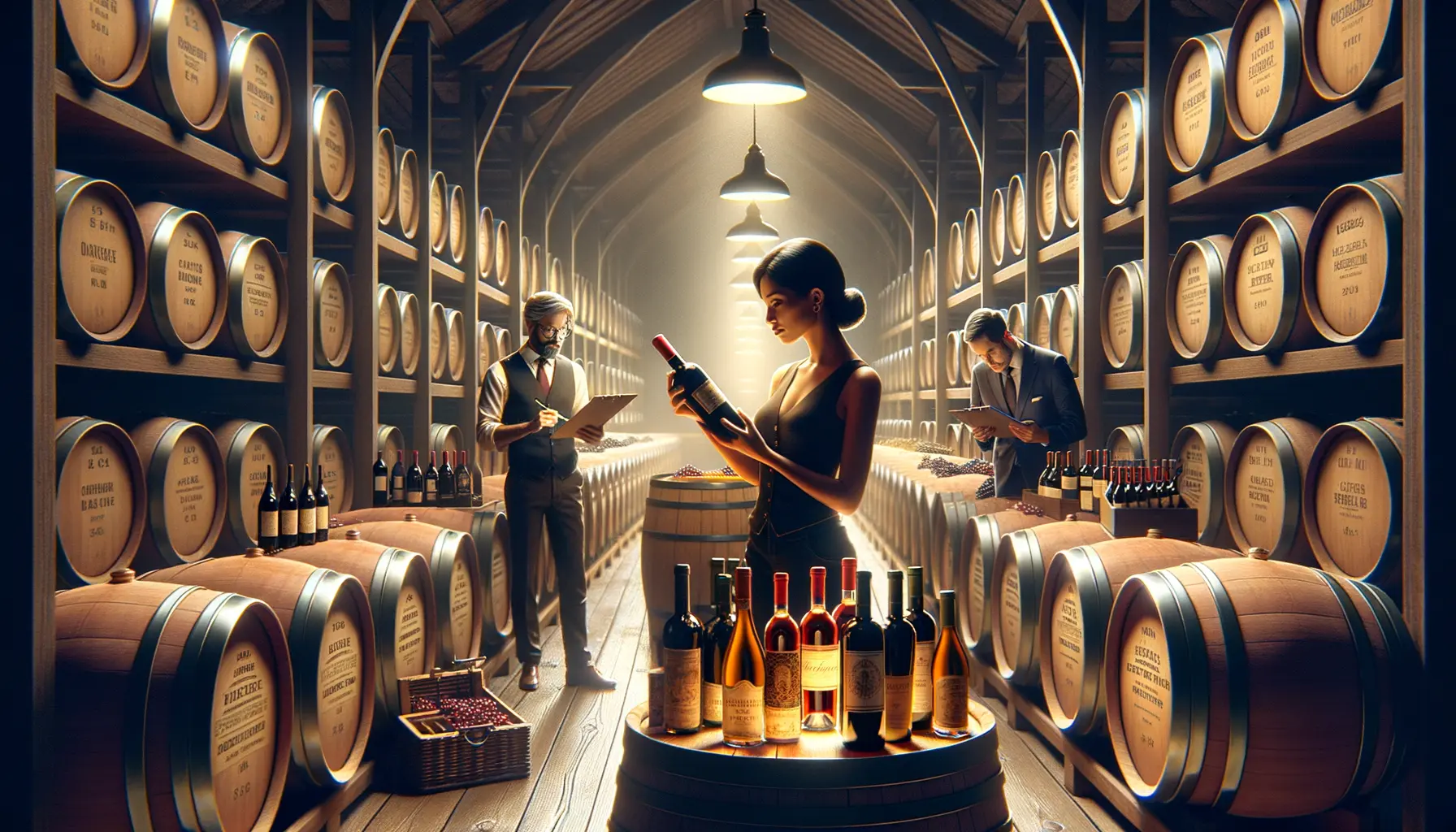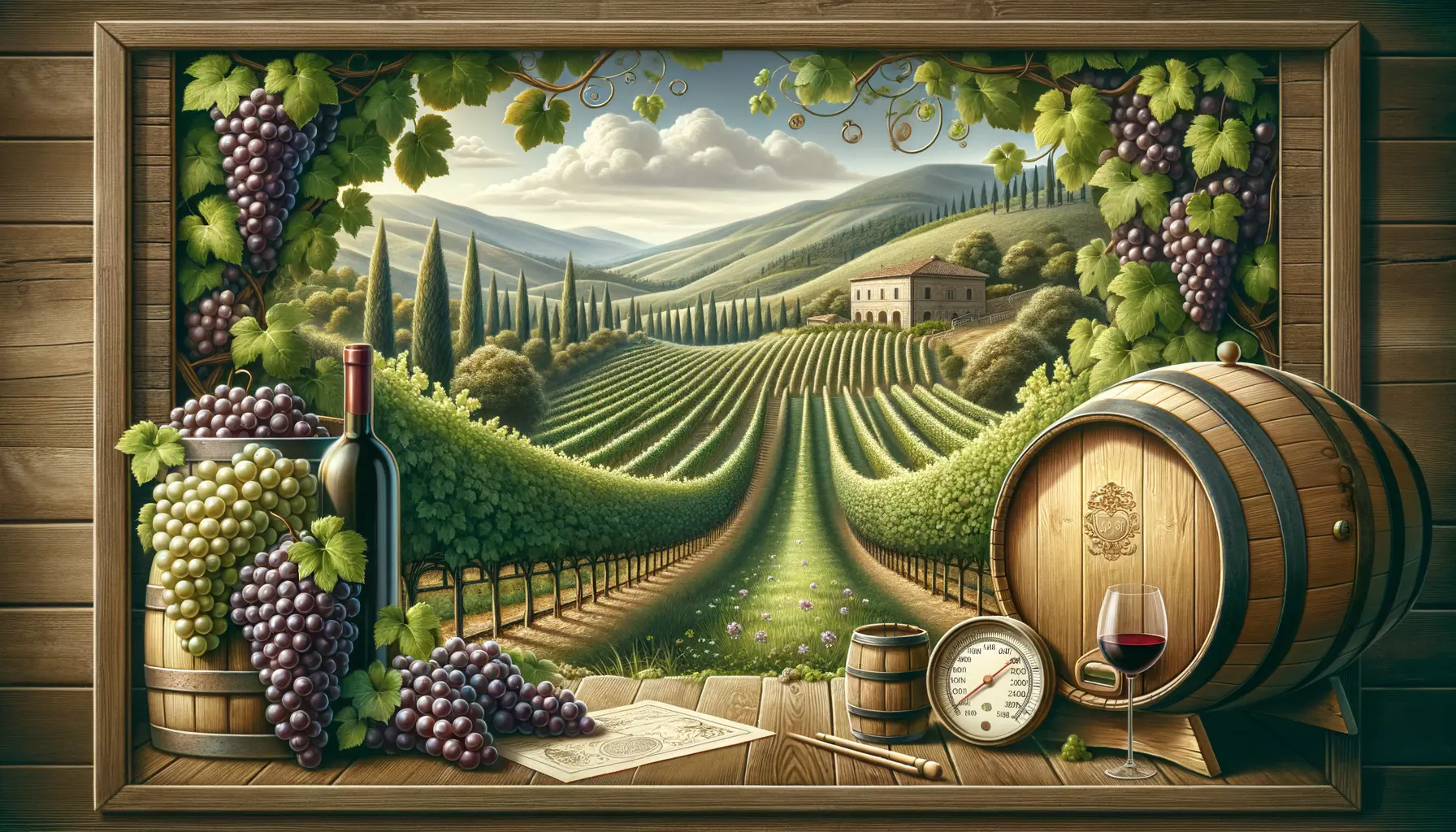
The transformative journey of wines reaching maturity is a phenomenon worth exploring. Even those hailing from less celebrated vintages can surprise wine enthusiasts with their splendor. Dive into how wines evolve over time and how Italy, with its rich history, stands proudly alongside France in the world of wine-making. Understanding the intricacies of wine aging can elevate the appreciation of each bottle's journey and inherent quality.
The Evolutionary Process of Wine Maturity
Wine maturity is an intricate process where various chemical transformations enhance the aromatic, flavor, and structural components of the wine. During maturation, wines develop complex layers, balancing tannins, acidity, and residual sugar. Proper storage conditions—consistent temperature, humidity, and minimal light exposure—are essential to ensure these wines reach their full potential. Many experts assert that even less renowned vintages gain remarkable quality, transforming once unnoticed bottles into remarkable finds.
Italy's Historical Presence in Winemaking
Italy's influence in the winemaking world is profound, with its roots tracing back to the ancient Roman Empire. Ancient viticulture practices have evolved into sophisticated techniques that continue to define its wine industry today. Italy’s diverse climate and terrain nurture a wide variety of grape species, resulting in wines that range from robust reds to crisp whites. Although France's modern rise to prominence in winemaking often overshadows Italy, the latter's contributions are deeply embedded in the historical tapestry of global wine heritage.
Factors Influencing Wine Maturation
Certain factors significantly influence how wine matures. Grape variety, vintage year, and terroir all play critical roles in determining a wine's aging trajectory. Wines produced from robust grape varieties like Cabernet Sauvignon or Nebbiolo generally have a longer aging potential compared to other varieties. Additionally, the vintage year can indicate how well a wine will age; for instance, wines from years with ideal weather conditions tend to age more gracefully. Lastly, terroir—the unique combination of soil, climate, and topography—provides specific characteristics to the wine that affect its maturation process.
Discover Hidden Gems in Wine Investing
Investing in wine can be a lucrative endeavor, especially when selecting bottles that have reached or are nearing maturity. Mature wines often command premium prices due to their rarity and developed qualities. Wine investors frequently seek mature bottles from lesser-known vintages, appreciating both their immediate drinkability and potential for appreciation in value. Engaging in smart wine investments requires an understanding of market trends, historical performance of specific vintages, and the intrinsic qualities of mature wines.
Consider exploring wine investments and discover how Quincy offers unparalleled wine storage services, ensuring each bottle's provenance is meticulously maintained. Discover more about wine investments and explore storage solutions by visiting Quincy.
Reflections on Wine's Maturity Journey
The journey of wine to maturity is a testament to its complex and evolving nature. From the ancient vineyards of Italy to modern wine cellars, each bottle tells a unique story deserving of appreciation. Embracing the historical significance and multifaceted development of wines can enhance one's understanding and enjoyment of investing in mature, storied vintages. Let the nuanced allure of mature wines inspire a continued journey into the fascinating world of wine collecting and investment.
